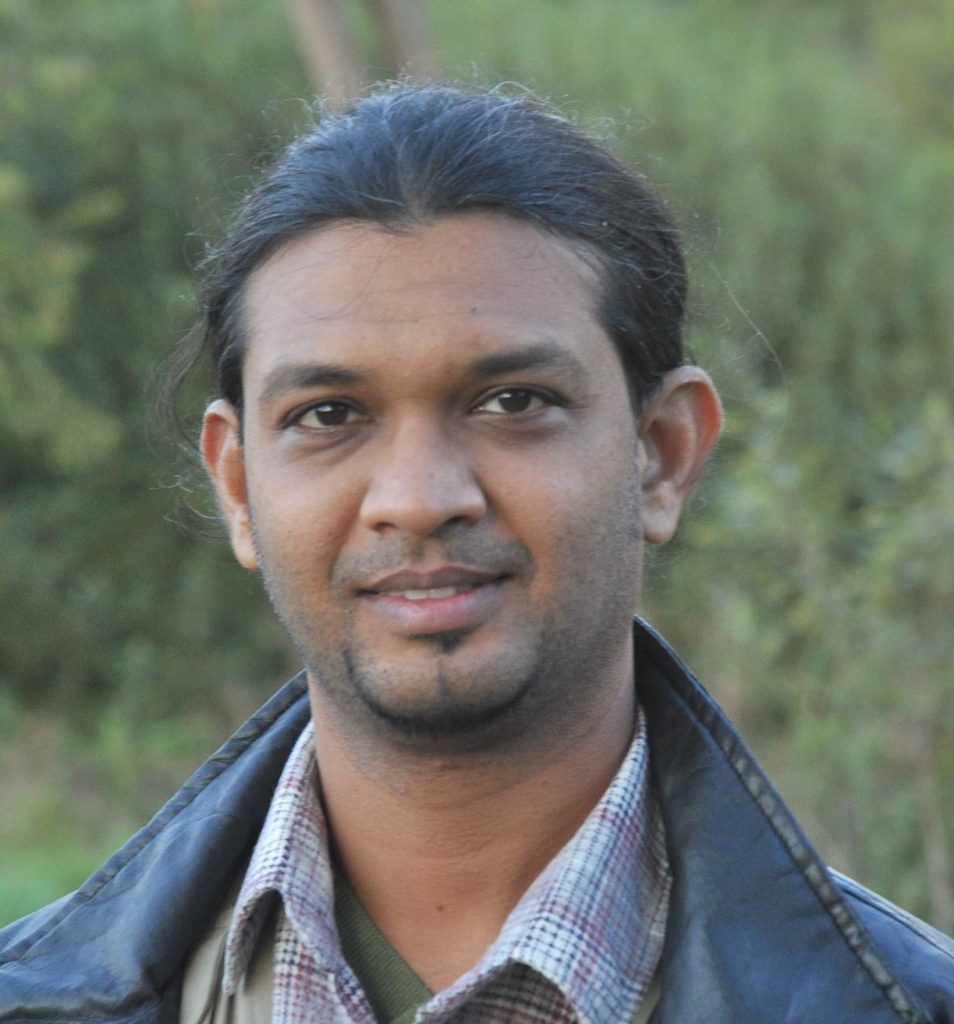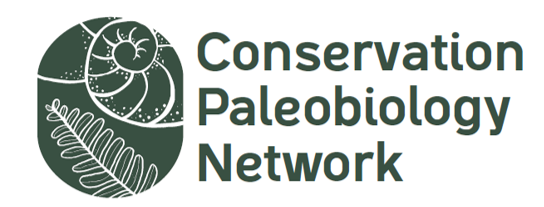Practitioner Perspective: Ryan Mohammed (Interviewed by Alexis Mychajliw):
Ryan Mohammed received his PhD in 2019 from the University of the West Indies (UWI), St. Augustine, Trinidad & Tobago. His main interests are aquatic ecology and conservation, but his work with Pitch Lake and other aquatic asphaltic ecosystems led him to collaborate with scientists at the La Brea Tar Pits & Museum (Los Angeles, CA). He has co-authored articles in Oceologia, Conservation Biology, Aquatic Invasions, and other journals, including the local Trinidad & Tobago publication Living World. He was the Acting Curator of the UWI Zoology Museum from 2018-2019.

1. What organization do you work for and what is their mission?
I am the Cooperate Secretary for Environmental Research Institute Charlotteville (ERIC), located on Tobago, where I oversee and advise on their research program. ERIC’s mission is to value and integrate diverse knowledge and experiences to manifest a mutually beneficial relationship between the coastal communities and ecosystems of North East Tobago. I am also a course coordinator for the M.Sc. Program in Biodiversity Conservation and Sustainable Development in the Caribbean at UWI. The program’s main objective is to supply the region with qualified professionals who have a comprehensive knowledge of the concepts and principles of a wide range of science and environmental management issues related to tropical biodiversity.
2. What are some of the conservation challenges and opportunities where you work?
The major challenge for conservation at ERIC is working with citizens who do not share a willingness to support conservation. Whilst there is always the challenge to source funding for various projects, relating the findings from conservation projects to policy makers as well, citizen stakeholders bring a different range of issues as we battle with cultural differences. One such example is the poaching of sea turtles which is ‘culturally acceptable’ but is illegal as these are listed as sensitive species in Trinidad & Tobago.
3. How do you include local communities in your conservation research?
At ERIC we employ three strategies in conservation. First, our research always involves some element of community capacity building for data collection. Second, the main findings are publicized not only in international scientific journals but also local journals, newspapers and community outreach posters. Third, the data are used to influence policy decision for management of the environment.
4. What is a recent project you feel would have benefited from fossil data?
Recently a biodiversity checklist was created for North East Tobago as they moved towards applying for UNESCO Man and the Biosphere heritage status. Fossil data to show what once lived on the island would indeed be an asset to relate what was there to its current mammalian biodiversity.
5. Aside from providing data points, what do you think fossils add to the conversation about conservation where you work?
Typically, the existence of fossils was something local citizens felt was exotic to our country. The fossils add to the allure of science for members of our younger generations. This therefore helps educate the population about extinctions and habitat change.
6. What is the most urgent need in paleontological research where you work?
The most urgent support we need is funding for capacity building which would be a great asset for future excavations and also fossil preparation.
7. Where do you look for information about past ecosystems? Are there ways paleontologists can better reach practitioners?
We have a working relationship with the La Brea Tar Pits & Museum, which greatly facilitates our inquiries regarding island biogeography and fossils. Recently I met a Venezuelan paleontologist through the B.R.E.A.S [Bridging Research & Education at Asphaltic Sites, https://tarpits.org/research-collections/our-expeditions ] networking initiative, which is important as our fossil community seems to be very similar to Venezuela’s Late Pleistocene fauna. This identification is the first step for then using these fossils as baselines of biodiversity.
8. What message would you have for potential collaborators?
Potential collaborators who want to work in Trinidad & Tobago and the wider Caribbean should be aware of the wide range of cultural differences among the islands. It would be beneficial if excavated fossils stayed in Trinidad & Tobago, and if collaborators would support us in developing protective legislation.
9. What is your favorite fossil?
My favorite fossil is a specimen consisting of six articulated Glyptodon scutes. Apart from being the single largest Glyptodon piece which currently resides at the UWI Zoology Museum, I have a particular affinity towards this species as fossils of have been found in both south Tobago as well as in Trinidad, which provides evidence for the potential Pleistocene land bridge between Trinidad and Tobago.

